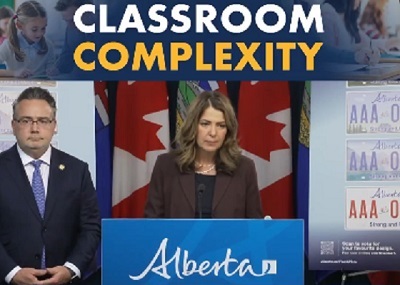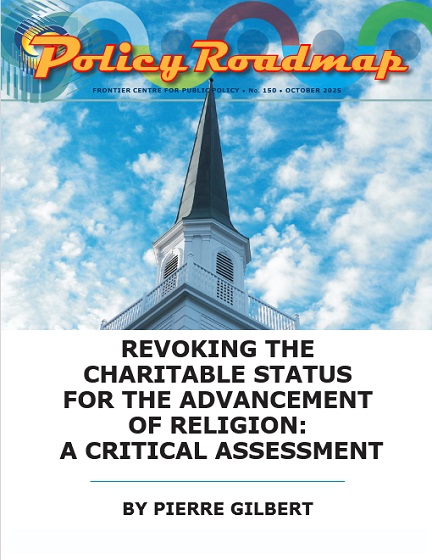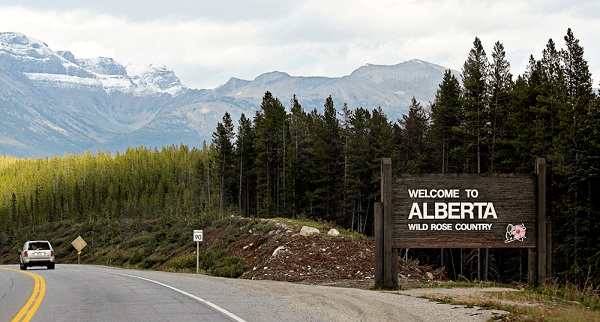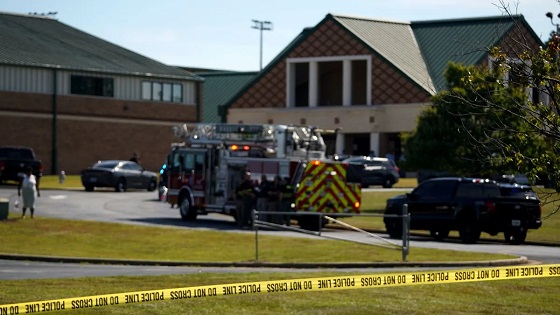Alberta
Alberta government should reform hospital funding to help shorten wait times

From the Fraser Institute
By Mackenzie Moir and Alicia Kardos
Other high-performing countries with universal health care (Australia, Germany, Switzerland) use “activity-based funding.” Under this model, hospitals receive funding based on the amount of care they provide.
Earlier this year, the Alberta Medical Association sounded the alarm on “rolling surgical outages,” patients diverted to other treatment sites, and the potential capping of services at major provincial hospitals. Unfortunately, the delays these problems create aren’t new to Albertans, as patients continue to face lengthy wait times.
According to the latest data, Albertan patients faced a median wait time of 33.5 weeks in 2022 for non-emergency medical treatment, a delay that was nearly six weeks longer than the national average, and three times longer than what patients in the province experienced in 1993 (when national estimates were first published).
When broken down, the wait in Alberta includes the first 16.4 weeks it takes for a patient to see a specialist after referral from their family doctor—then a second wait of 17.2 weeks to receive treatment after seeing that specialist. And these figures don’t account for the wait to see a GP in the first place, which is a significant issue in a rapidly growing province where remain without a family doctor.
Of course, we hear the predicable calls for more money. But in reality, spending more won’t get Albertans out of this problem. In a recent comparison of high-income countries with universal coverage, Canada (in 2021) was already one of the highest spenders on health care (as a share of their economy) while having some of the fewest doctors and hospital beds (after accounting for differences in population age among countries).
And when compared to nine other high-income countries in 2020, Canadians were found to have the longest waits for medical care. Specifically, Canadians were the least likely to report waiting under four months for non-emergency surgery (at 62 per cent) compared to higher-performing countries such as Australia (72 per cent), Switzerland (94 per cent) and Germany (99 per cent).
So what’s the solution?
In a word, reform. For example, Alberta could change the way it funds hospitals. Canada’s predominant approach is to provide hospitals a set amount of money each year, regardless of the level of services provided. This means that the money hospitals receive isn’t tied to the actual number of services they provide. This discourages hospitals from providing more care because each patient represents a drain on their budget rather than an opportunity.
In contrast, many other high-performing countries with universal health care (Australia, Germany, Switzerland) use “activity-based funding.” Under this model, hospitals receive funding based on the amount of care they provide. This creates a powerful incentive for hospitals to treat more patients, because each patient represents an opportunity for the hospital to earn more money.
Quebec decided in last year to fund all of its surgical procedures using this model, and now plans to expand the model to all hospital care by 2027/28. The Smith government has also taken some steps that lay the foundation for these types of reforms. This is good news for Albertans, if reform is actually on the way.
Across Canada, despite the availability of solutions, the status quo of long waits persists. Breaking from the past can be hard, but there may be hope on the horizon for patients in Alberta’s beleaguered and poorly performing health-care system.
Authors:
Alberta
Alberta taxpayers should know how much their municipal governments spend

From the Fraser Institute
By Tegan Hill and Austin Thompson
Next week, voters across Alberta will go to the polls to elect their local governments. Of course, while the issues vary depending on the city, town or district, all municipal governments spend taxpayer money.
And according to a recent study, Grande Prairie County and Red Deer County were among Alberta’s highest-spending municipalities (on a per-person basis) in 2023 (the latest year of comparable data). Kara Westerlund, president of the Rural Municipalities of Alberta, said that’s no surprise—arguing that it’s expensive to serve a small number of residents spread over large areas.
That challenge is real. In rural areas, fewer people share the cost of roads, parks and emergency services. But high spending isn’t inevitable. Some rural municipalities managed to spend far less, demonstrating that local choices about what services to provide, and how to deliver them, matter.
Consider the contrast in spending levels among rural counties. In 2023, Grande Prairie County and Red Deer County spent $5,413 and $4,619 per person, respectively. Foothills County, by comparison, spent just $2,570 per person. All three counties have relatively low population densities (fewer than seven residents per square kilometre) yet their per-person spending varies widely. (In case you’re wondering, Calgary spent $3,144 and Edmonton spent $3,241.)
Some of that variation reflects differences in the cost of similar services. For example, all three counties provide fire protection but in 2023 this service cost $56.95 per person in Grande Prairie County, $38.51 in Red Deer County and $10.32 in Foothills County. Other spending differences reflect not just how much is spent, but whether a service is offered at all. For instance, in 2023 Grande Prairie County recorded $46,283 in daycare spending, while Red Deer County and Foothills County had none.
Put simply, population density alone simply doesn’t explain why some municipalities spend more than others. Much depends on the choices municipal governments make and how efficiently they deliver services.
Westerlund also dismissed comparisons showing that some counties spend more per person than nearby towns and cities, calling them “apples to oranges.” It’s true that rural municipalities and cities differ—but that doesn’t make comparisons meaningless. After all, whether apples are a good deal depends on the price of other fruit, and a savvy shopper might switch to oranges if they offer better value. In the same way, comparing municipal spending—across all types of communities—helps Albertans judge whether they get good value for their tax dollars.
Every municipality offers a different mix of services and those choices come with different price tags. Consider three nearby municipalities: in 2023, Rockyview County spent $3,419 per person, Calgary spent $3,144 and Airdrie spent $2,187. These differences reflect real trade-offs in the scope, quality and cost of local services. Albertans should decide for themselves which mix of local services best suits their needs—but they can’t do that without clear data on what those services actually cost.
A big municipal tax bill isn’t an inevitable consequence of rural living. How much gets spent in each Alberta municipality depends greatly on the choices made by the mayors, reeves and councillors Albertans will elect next week. And for Albertans to determine whether or not they get good value for their local tax dollars, they must know how much their municipality is spending.
Alberta
Premier Smith addresses the most important issue facing Alberta teachers: Classroom Complexity

Premier Danielle Smith is posting this response to a media question about Classroom Complexity.
While Albertans are hearing a lot about capping class sizes, Premier Smith says it might be a much better idea to talk about capping “complexity”.
The challenges teachers face in today’s classrooms are recognized, and work continues toward practical solutions that address their concerns.
Achieving a fair and reasonable agreement that best supports students remains a top priority. pic.twitter.com/o4UCt7sDoU
— Danielle Smith (@ABDanielleSmith) October 16, 2025
-

 Censorship Industrial Complex1 day ago
Censorship Industrial Complex1 day agoCanada’s privacy commissioner says he was not consulted on bill to ban dissidents from internet
-

 Energy2 days ago
Energy2 days agoIndigenous Communities Support Pipelines, Why No One Talks About That
-

 Alberta1 day ago
Alberta1 day agoEnbridge CEO says ‘there’s a good reason’ for Alberta to champion new oil pipeline
-

 Business1 day ago
Business1 day agoFormer Trump Advisor Says US Must Stop UN ‘Net Zero’ Climate Tax On American Ships
-

 Business2 days ago
Business2 days agoFinance Committee Recommendation To Revoke Charitable Status For Religion Short Sighted And Destructive
-

 Alberta2 days ago
Alberta2 days agoOil Sands are the Costco of world energy – dependable and you know exactly where to find it
-

 Health2 days ago
Health2 days agoColorado gave over 500 people assisted suicide drugs solely for eating disorders in 2024
-

 Alberta2 days ago
Alberta2 days agoThe Technical Pitfalls and Political Perils of “Decarbonized” Oil










